Building a brand off the field
Building a brand off the field
UT Austin athletes and students score big with Moody College NIL branding class
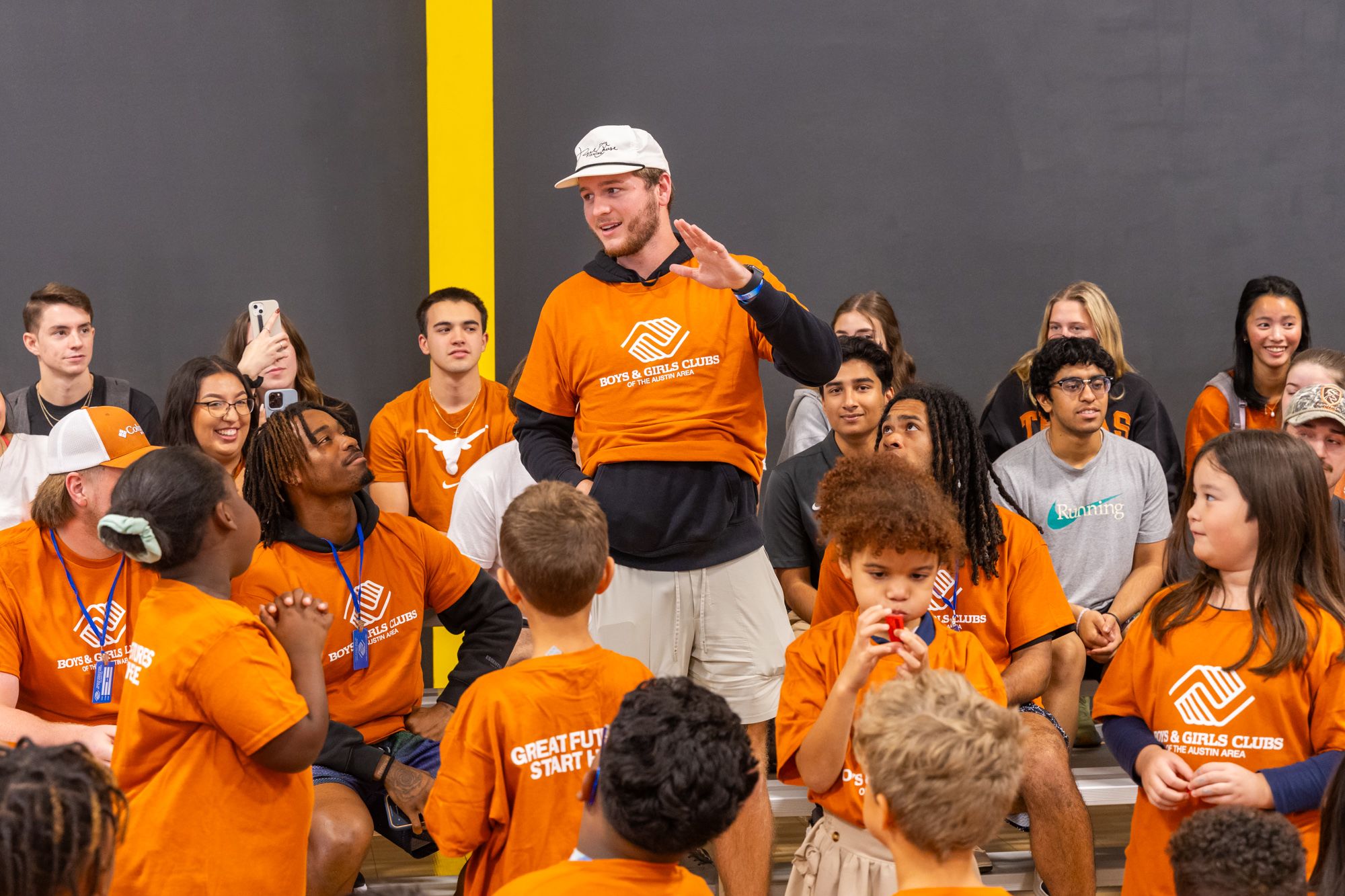
Quinn Ewers is no stranger to endorsement deals. The star Longhorn quarterback and University of Texas at Austin sophomore has done ads for Sonic, Holy Kombucha and the Austin-based Davis Law Firm.
So when he was looking for classes to take last year, he decided to sign up for Moody College of Communication’s new Impact of NIL in Sports course, a partnership between the Stan Richards School of Advertising & Public Relations and UT Athletics that pairs student-athletes with other students to learn about strategic branding and the history of name, image and likeness in sports.
In 2021, the Supreme Court ruled that college athletes, like professional athletes, could earn money off their name, image and likeness, including through public appearances, selling signed merchandise, delivering speeches and endorsing products.
James Dalthorp, an advertising and public relations assistant professor of practice who teaches the NIL class, saw it as a perfect opportunity for Moody College to fill an important space, helping student-athletes learn about personal branding and how to seek sponsorship deals.
“We are The University of Texas. We are the No. 1 communication school in the country,” he said. “If we don’t have some kind of offering in that capacity, it seems like we aren’t doing our job. We really want to make the communication school a place for some of these student-athletes to come to learn personal branding, what’s going to attract them to a sponsor and not, and not just sit there and wait for the phone to ring and know what to do and not to do.”
"We really want to make the communication school a place for some of these student-athletes to come to learn personal branding, what’s going to attract them to a sponsor and not, and not just sit there and wait for the phone to ring and know what to do and not to do."
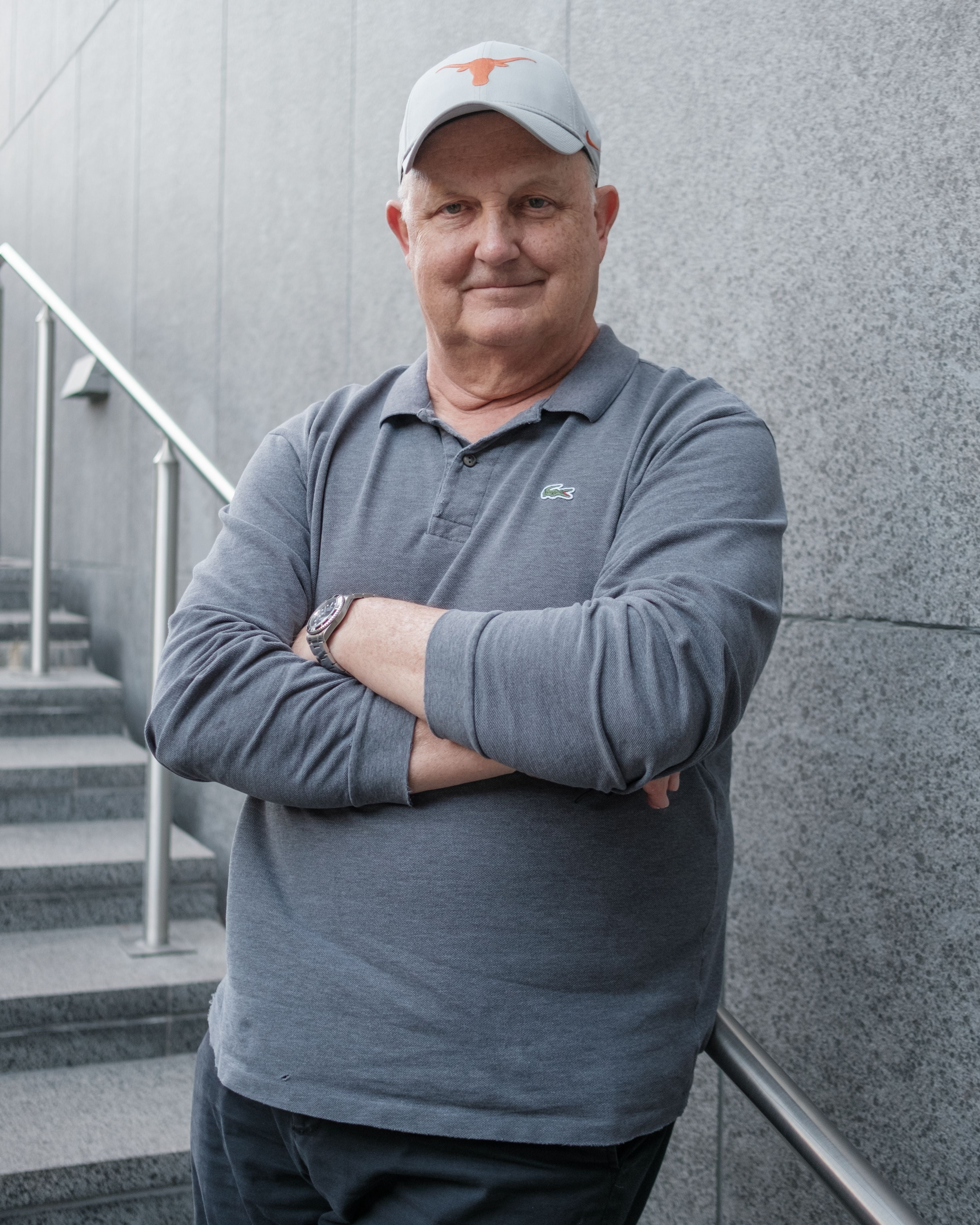
The changes in NIL rules in college sports are still unfolding as the NCAA wrestles with issues such as antitrust laws, school involvement in NIL deals and whether athletes should be considered employees. Despite these challenges, athletes are seeing a wealth of possibilities, especially female athletes who are seeing significantly more endorsement deals as a result of the decision.
“It’s been cool to learn the history behind NIL and how it came to be,” Ewers said. “These are such new waters we’re treading.”
When it was posted to the course schedule, students from all over campus registered, from basketball and football players to students studying business, advertising, journalism and more. It attracted students interested in marketing and advertising generally and those interested in working in sports in some capacity, whether as agents, sports journalists, marketers or social media managers.
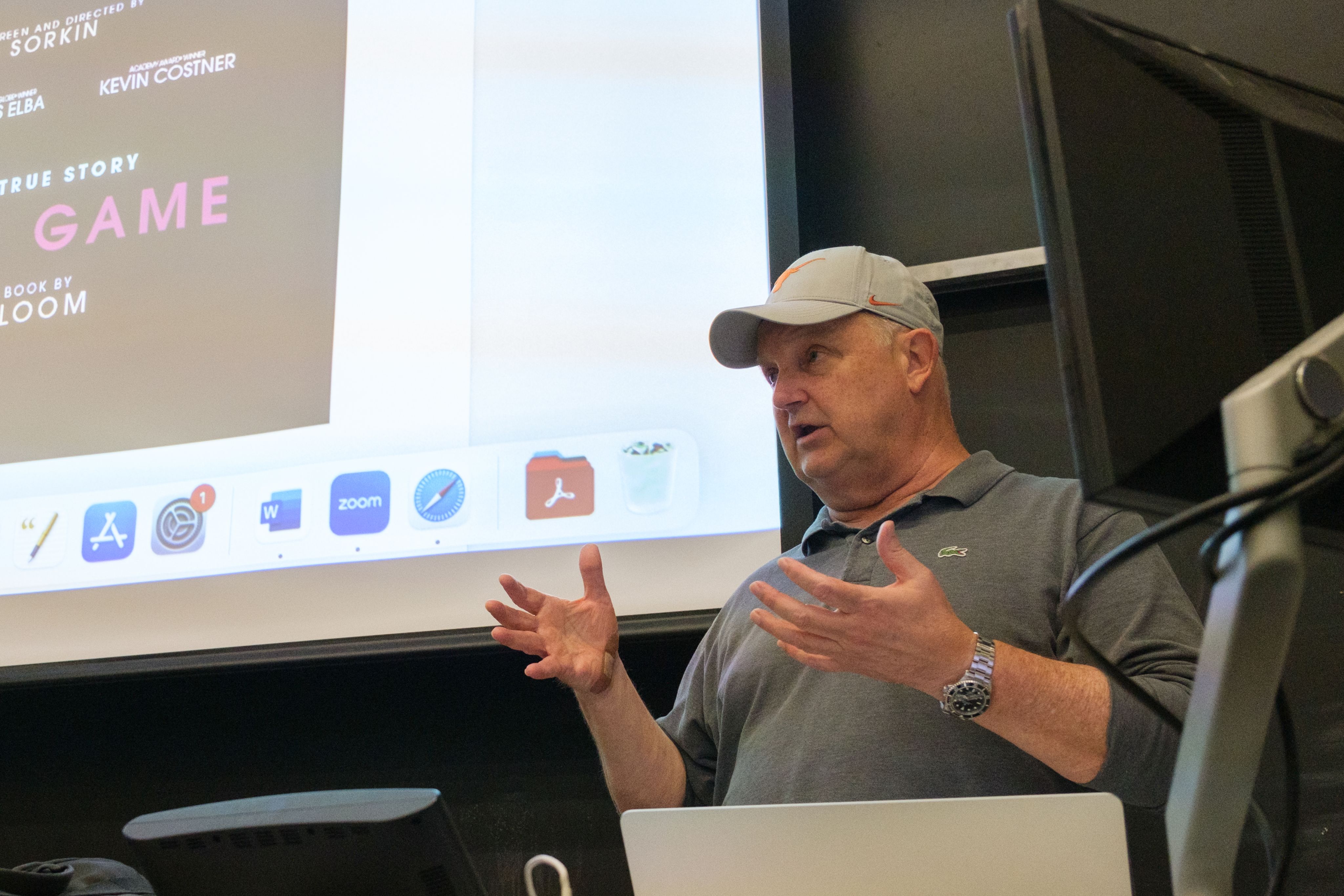
Seth Berger, a journalism junior who is pursuing a sports media minor, said the class was a perfect opportunity to pair his interest in sports with print and digital media.
“Texas is a unique place. There aren’t many schools where you can come and be in an elite academic environment but also an elite athletic department,” he said. “That marriage is really hard to come by. I knew the opportunity to take this class is something I couldn’t pass up.”
In the course, students such as Berger were given the opportunity to work with athletes to help them find ways to brand themselves, identifying what they are interested in and what products they could partner with.
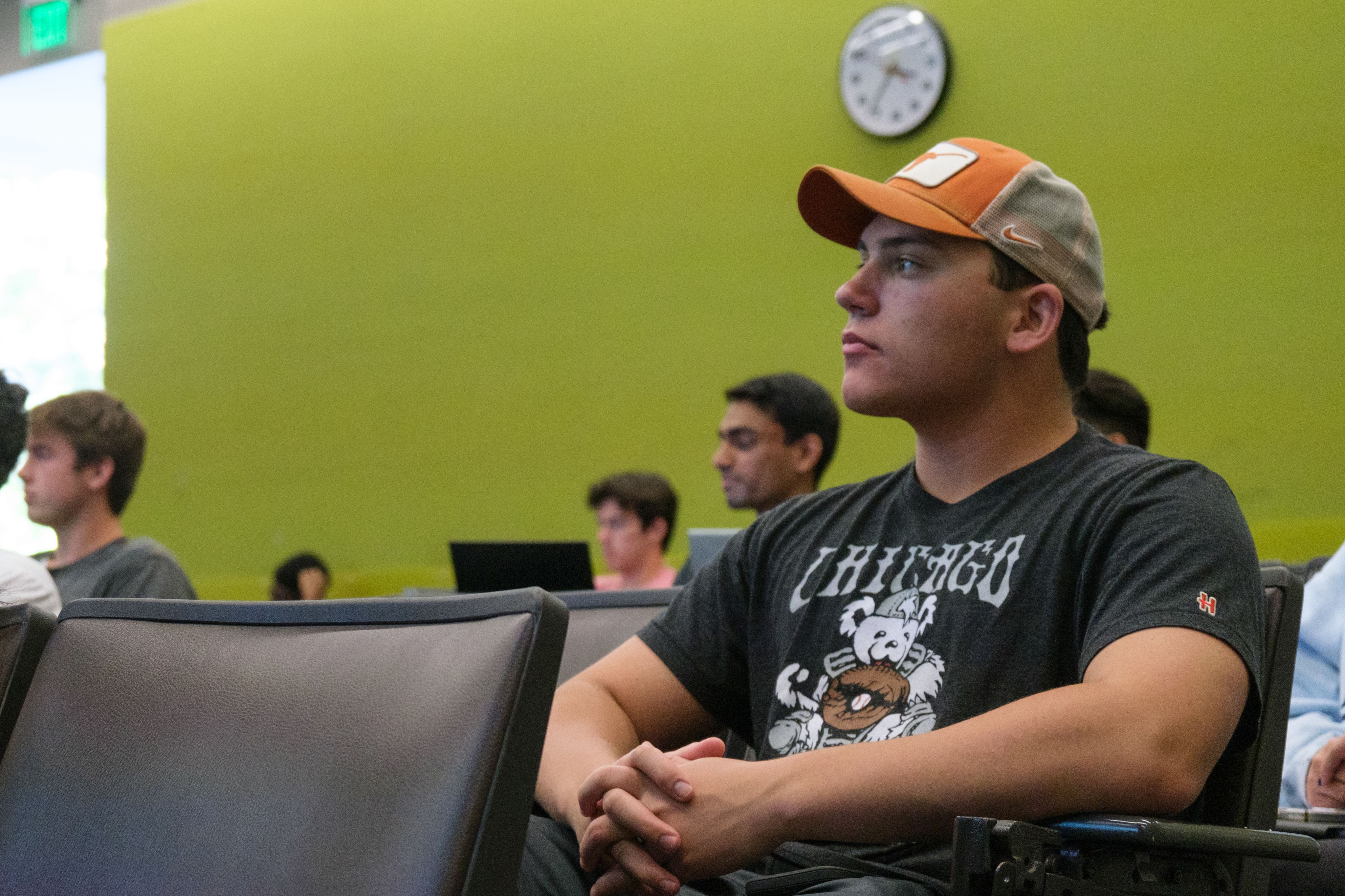
Seth Berger, a journalism junior who is pursuing a sports media minor, says the class was a perfect opportunity to pair his interest in sports with print and digital media. Photo by Ry Olszewski
Seth Berger, a journalism junior who is pursuing a sports media minor, said the class was a perfect opportunity to pair his interest in sports with print and digital media. Photo by Ry Olszewski
“We spent time getting to know them, anything they had a passion for, favorite foods, movies, TV,” Berger said. “There are some people who can go out on the field, who are phenomenal, but they are shy and quiet and not beaming media people. So it is really about understanding their role and personality on and off the field and then doing what we can to explore potential opportunities. Texas is a great place for an athlete to market themselves. It is one of the most iconic collegiate brands in the country with a massive fan base. If you play well and have a good personality, there is really endless opportunity for you to capitalize on that.”
Berger worked with Texas linebacker Anthony Hill Jr., who loves barbecue and is passionate about giving back to his community, particularly young people. Berger’s team identified potential opportunities partnering with Kingsford charcoal to expand his national reach, as well as hosting football clinics to support Austin’s youth.
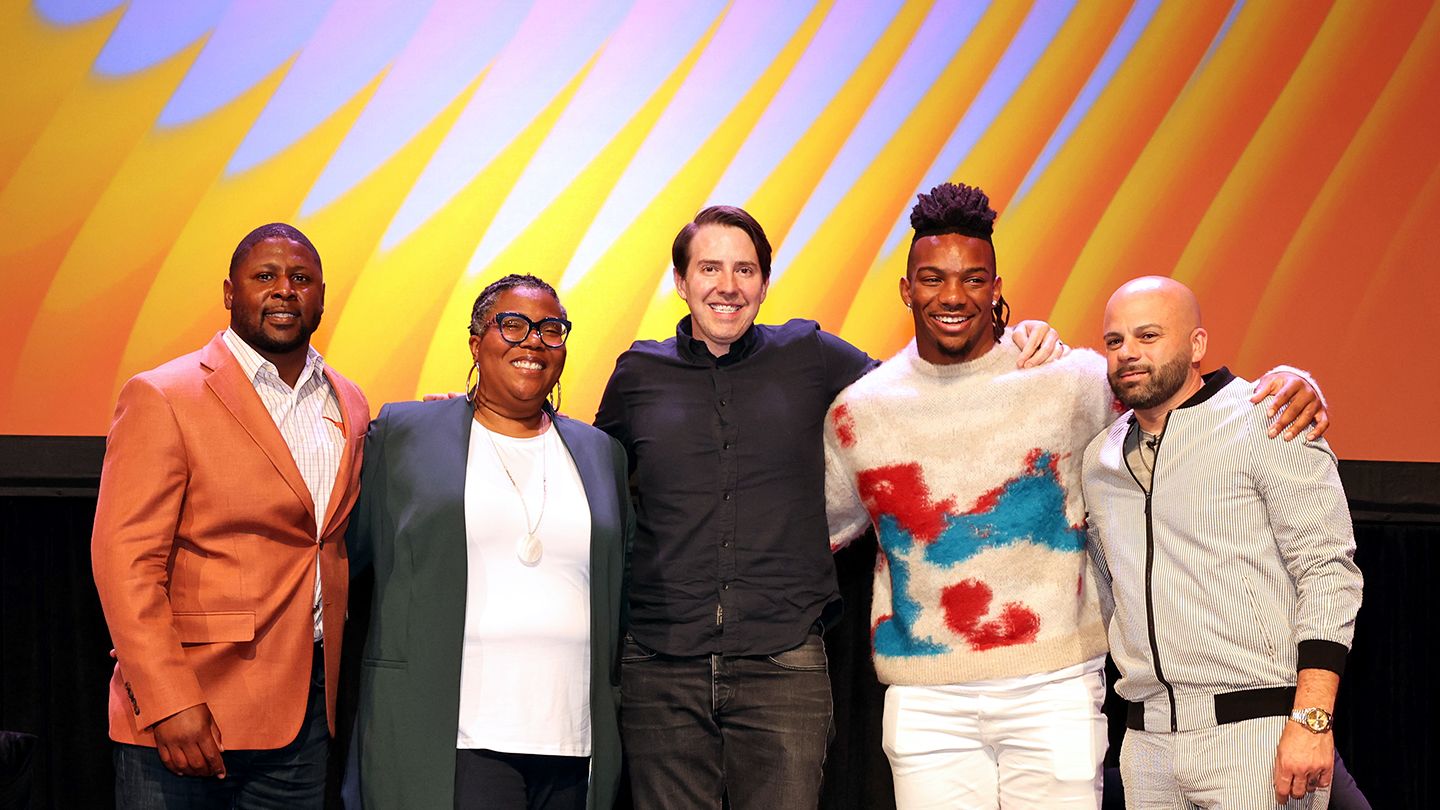
Natalie Tindall , the director of the School of Advertising & Public Relations and a professor who has studied NIL issues, said it’s important for athletes to identify their values and to promote products and causes they actually care about.
“Be yourself authentically,” she said at a South by Southwest Conference panel on NIL last year. “If you love ‘Star Wars,’ talk about ‘Star Wars.’ If you love puzzles, talk about puzzles. Whatever it is that makes you happy, do it online because that’s where you are going to find your people. I think that’s the thing that everyone is very afraid of is revealing parts of themselves. Show that part of yourself because I think that makes you a human. Authenticity is incredibly important, and people can tell if you’re not being real on social media and if you’re not being real in real life.”
Tindall also encourages athletes to lean into their fandom, which is especially important for athletes in sports such as volleyball and softball that don’t generate revenue.
“Think about the opportunities you can have related to your sport,” she said. “If you’re a rower, maybe you can think about some outdoor stuff, what are the things you use in your everyday practice, swimsuits, sunglasses. Maybe you can partner with a small brand in Austin and get some equity. It’s about thinking small and thinking big.”

Natalie Tindall , the director of the School of Advertising & Public Relations and a professor who has studied NIL issues, says it’s important for athletes to identify their values and to promote products and causes they actually care about.
Natalie Tindall , the director of the School of Advertising & Public Relations and a professor who has studied NIL issues, said it’s important for athletes to identify their values and to promote products and causes they actually care about.
Tindall acknowledges that, while giving athletes this knowledge is incredibly important, it is a tall order to ask student athletes to take on these new roles.
“Now we are asking student athletes to become brands, entrepreneurs, promoters, marketers, publicists, while they are also being students and athletes. And that is a huge expectation,” she said. “It’s incredibly hard and incredibly difficult, but the rewards if you can do that are immense. At the end of the day, student athletes are getting paid, which is incredibly beneficial for so many people, not just the students but their families. There’s a cascade effect that’s happening, and that’s really important to see.”
As the semester ended last year, students in the NIL class got to visit the Boys & Girls Clubs of the Austin Area for an event where student-athletes visited with kids ages 6-9. They had games, face painting, a photo booth and more. Students took photos and video of the athletes for them to use on their social media and other channels.
“It was incredibly wonderful to see these players in an environment free of people screaming for an autograph,” Dalthrop said. “There was a real sense of wonder and innocence.”
Advertising senior Laura Lopez said it was cool to see the kids engage with athletes they look up to. She said the NIL course has inspired her to one day work in sports media.
“I definitely want to have a career somehow involved in the minor leagues and major leagues, to be able to practice what I’ve learned,” she said. “After taking this class I can see myself working with a single athlete or working for a team. I would definitely be interested in doing social media and helping build a brand.”
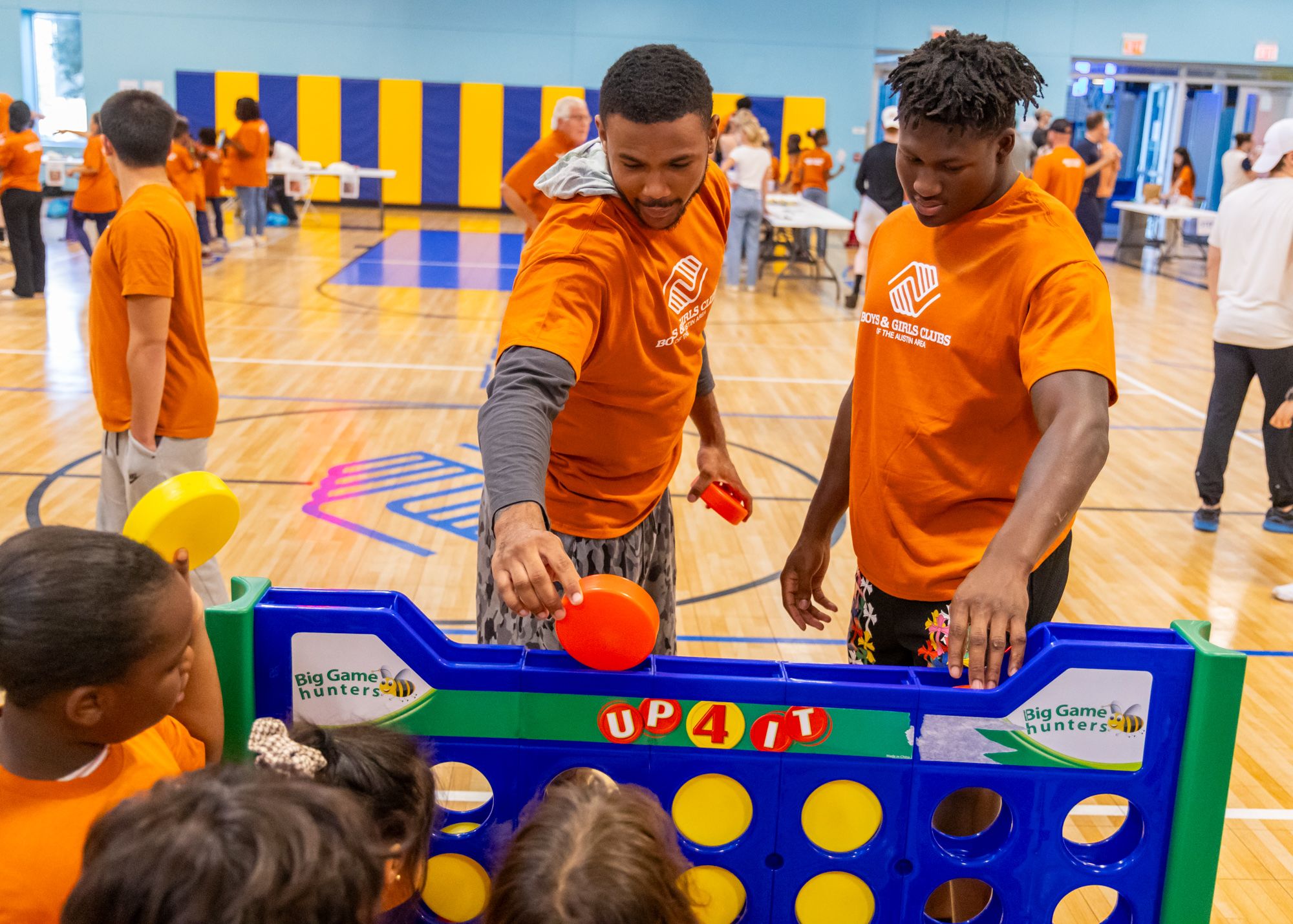
Photo courtesy of Boys & Girls Club of Greater Austin Area
Photo Courtesy of Boys and Girls Club of Greater Austin Area
Dalthorp and other Moody College faculty will continue offering NIL-related courses, which will change as the rules around NIL evolve. The hope is to get more students engaged as the NCAA and athletes navigate this new territory.
“I think this class is a really unique opportunity if you are a student to understand what it takes to market yourself, whether you are a student athlete or not,” Berger said. “It is a process to understanding yourself, what you have as a person and a brand, your strengths and weaknesses and utilizing your strengths to maximum and see what’s out there.”

